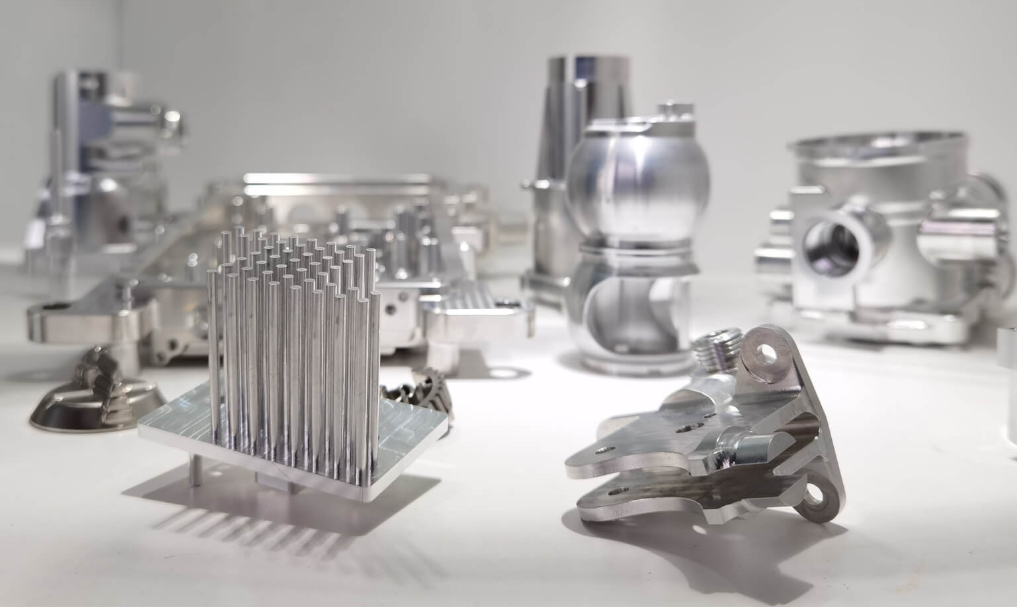Surface finishing is an essential technique that aims on improving the aesthetic and functional properties of the final product. The process often involves different steps based on the desired requirements. Some of these steps may include smoothing out rough edges, providing glossy finishes, and adding texture.
However, surface finishing is only done after rapid fabrication of the prototype through printing or machining. These machining and prototype printing processes often leave uneven and roughened surfaces that surface finishing evens out, thus enhancing the overall quality and appearance of the prototype.
Importance of Surface Finishing of Prototypes
This is an important process in prototype production and it has various benefits including:
Enhanced Functionality
Adding texture or a coat in a prototype can go a long way in ensuring there is better grip or adhesion. For example, a textured surface can provide better friction, making it easier to grip or hold, therefore improving its functionality based on the desired functionality of the product.
Better Quality Control
Surface finishing plays important roles in detecting defects and imperfections that may affect the performance or appearance of the prototype. By properly inspecting and finishing the surface, engineers can ensure that the final product meets the desired standards and specifications.
Improved Marketability
Surface finishing can help improve the marketability of a prototype by making it more appealing to potential customers or investors. A prototype that looks and feels professional is more likely to generate interest and investment than one that appears rough or unfinished.
Improved Aesthetics
Surface finishing techniques such as sanding, polishing, painting, and chemical treatments can improve the appearance of a prototype by creating a smooth and uniform surface. This can help enhance the overall quality and appeal of the final product.
Common Surface Finishing Techniques
There are different surface finishing techniques that you may want to employ or implement. However, you should be warned, each of these techniques may have different impacts on your prototype. So you may want to choose wisely, based on the expected design and functionality of the prototype.
These surface finishing techniques in prototype production are:
Sanding
Sanding is a common technique used to smooth out rough surfaces and edges on prototypes. It involves using a sandpaper or abrasive material to grind away imperfections until the surface becomes smooth and even.
Polishing
Polishing is a technique used to create a smooth and shiny surface on a prototype. It involves using a buffing wheel and polishing compound to remove scratches and imperfections and achieve a glossy finish.
Chemical Etching
Chemical etching is a technique used to create patterns, designs, or logos on the surface of a prototype. It involves using chemicals to remove specific areas of the surface and create a textured or engraved effect.
Powder Coating
Powder coating is a technique used to apply a dry powder to the surface of a prototype, which is then heated to create a protective and decorative coating.
Anodizing
Anodizing is a technique used to add a protective layer of oxide to the surface of a metal prototype. This can improve the corrosion resistance and durability of the prototype.
Conclusion
The above mentioned methods are just a few of the many surface finishing techniques available for prototype production. The choice of technique will depend on the desired finish, the material used to create the prototype, and the tools and equipment available. So, by considering different factors, designers and engineers can select the most appropriate surface finishing technique for their prototype, ensuring that it meets the required functionality, aesthetics, and budget.
